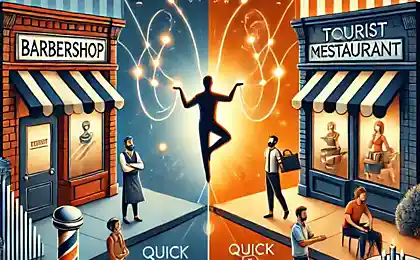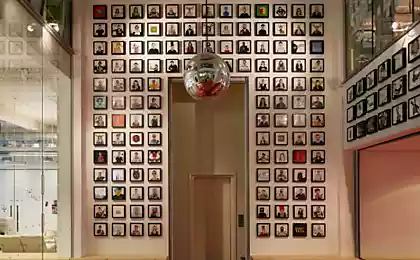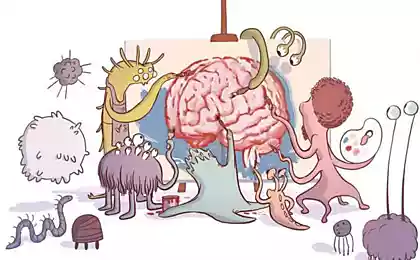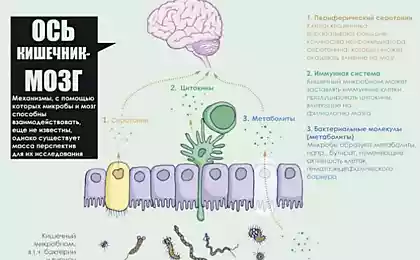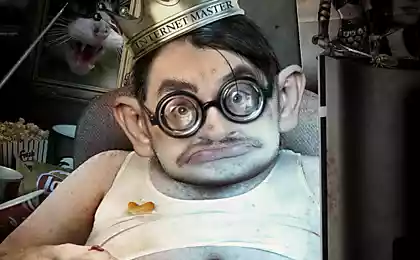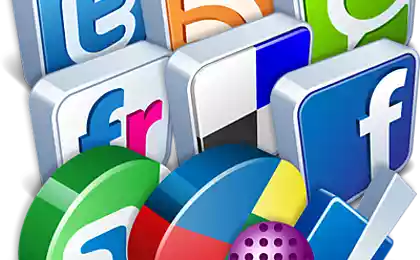288
The Art of Memes: How Funny Pictures Control Our Brains
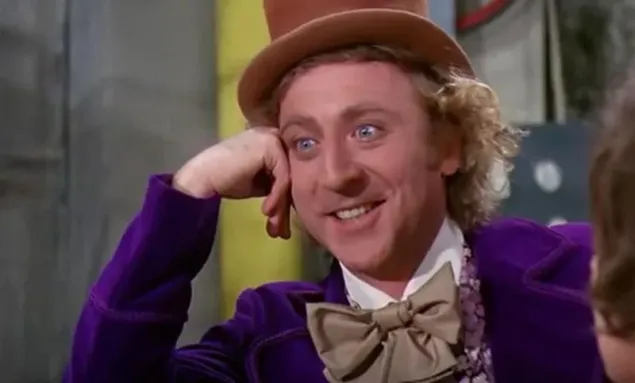
Introduction. Just a couple of decades. memes From a curious feature of Internet culture turned into a full-fledged means of communication, penetrated into all spheres of life. They shape the mood of social networks, create information for the media, are used in political campaigns and brand strategies. But why is it that a short picture with a funny caption can affect the emotions of millions of users faster and more effectively than a full-fledged commercial? And how exactly do memes break down the barrier of perception, winning the hearts of Gen Z in the first place?
In this article, we will try to understand what underlies their virality – from the neurobiology of humor to specific strategies of SMM specialists. We look at why brands are increasingly abandoning traditional advertising in favor of “ridiculous pictures” and how memes have become an integral part of our everyday culture. Welcome to the amazing world of internet memes!
A Brief History of Memes
The term "meme" came up with Richard Dawkins. The Selfish Gene (1976) to explain the mechanism of cultural evolution. Initially, memes were meant as “units of cultural information.” But in the Internet age, the word has been reinvented: we now refer to “memes” as easily recognizable pictures or short videos that carry a humorous message and are quickly shared on social media.
The first Internet memes appeared in 1990s However, their mass distribution began in the era of broadband Internet access and the heyday of platforms like 4chan and Reddit. Memes have helped shape a unique language that millions of users around the world understand, regardless of national or language barriers.

The Neuroscience of Humor: What Happens in the Brain?
Humor, according to various studies, triggers chemical and electrical processes in the brain associated with the reward system. When we see something funny, the prefrontal cortex and a number of structures responsible for “encouragement” and emotional response are activated.
Main effects:
- Dopamine secretion. The pleasure hormone strengthens positive reinforcement: we want to continue scrolling through the tape of memes, looking for new jokes.
- Relieving stress. Humorous images reduce cortisol levels, which helps a person “disconnect” from negative emotions.
- Memory enhancement. A small dose of humor increases the ability to remember and associate information related to the source of funny content.
Gen Z and the Meme Culture
Today’s teens and young adults born after the mid-1990s (and, according to some sources, after the year 2000) are known as Generation Z. For them, the Internet is not just an additional channel of communication, but a habitat where they form social contacts and consume a huge amount of content. Memes for this audience were:
- In a way expression and mutual identification
- Means. fast-transmission emotions, thoughts and news
- Form social commentaryOften harsh and provocative.
Why are memes more effective than traditional advertising?
Many brands have noticed that standard ads are increasingly being ignored by Gen Z audiences. But “viral” humorous posts in the spirit of memes cause the same dopamine response, forcing users to react actively. This is due to several reasons:
- The organic nature of memes. People see them as part of a friendship, not as a commercial message.
- High percentage of User Generated Content. Users create, modify and distribute memes themselves, increasing their reach exponentially.
- Instant reaction. Humor gives a direct emotional response, which greatly increases the chances of likes, hairs and comments.
SMM cases and examples of successful use
To see the power of funny pictures in practice, just look at a few SMM cases:
- Burger Wars.. World-renowned fast food chains have long gone beyond classic promotional materials, regularly posting memes with references to competitors and global trends. This approach generates thousands of reposts and creates an image of a “brand in the topic”.
- "Memorial collaborations". Well-known clothing or appliance manufacturers collaborate with meme pages on Instagram and TikTok. A funny picture mentioning a product can garner much more organic coverage than a standard advertising post.
- Crisis Management through Humor. Some brands, when faced with a wave of negativity, skillfully defuse the situation, publishing ironic pictures associated with a problematic situation. This reduces tension and causes a positive reaction from the audience.

Rules for "meme" advertising
Experience shows that not all attempts to introduce memes into marketing strategies are successful. Sometimes brands look “toughly funny”, which only scares away the audience. Here are a few rules:
- Know the culture of the target audience. Memes change quickly, and irrelevant or obscure content can cause rejection.
- Watch out for "shelf life". The fact that Doge Meme was popular 5 years ago does not guarantee that it still works.
- Observe a sense of proportion. Too many jokes can devalue the seriousness of a brand.
- Be ethical.. Humor should not offend or discriminate against groups of people; a negative plume will linger around the company for a long time.
Impact on society and conclusions
Meme culture has already become an integral part of the global information environment. Does this affect the consumption of information in general? Absolutely. Studies show that people are more likely to remember information presented in a comedy format and tend to share it with others. This can influence the formation of popular opinions and even political preferences.
On the other hand, the growing popularity of memes indicates a certain “clip” of thinking and a decrease in the distance between the user and the brand. The online community is increasingly less tolerant of the direct pressures of classic advertising and more receptive to humorous visual cues.
Glossary
Meme.
An Internet phenomenon is a picture, video, or phrase that is quickly shared and reinterpreted by users.
The neurobiology of humor
A scientific field that studies how the brain perceives and processes humorous stimuli and what biochemical reactions occur.
Gen Z
A generation of people born from around the mid-1990s to early 2010s for whom the digital environment is a natural habitat.
SMM
Social Media Marketing is a set of tools and strategies to promote brands in social networks.
User Generated Content
Content created by users, not brand or media representatives.
Conclusion. The art of memes is not just entertainment, but a powerful tool for influencing consciousness and emotions. It combines an element of surprise, humor and organic virality. It is these qualities that make memes so appealing to young people and so effective for marketers. In conditions of information congestion, a short, catchy picture with a laconic inscription is able to break through the noise and cause an instant response from the audience.
Given Generation Z’s growing interest in such content and the neurobiological mechanisms behind humour, it’s safe to assume that memes will shape social media agendas and influence brand marketing decisions for a long time to come. The main thing is not to forget about the sense of proportion and respect for the audience, because under the guise of a funny picture there is an effective, but context-demanding tool of mass influence.
Language of the Future: Can We Communicate Without Words by 2030?
The Psychology of Poverty and Wealth: Neurons vs. Social Patterns






